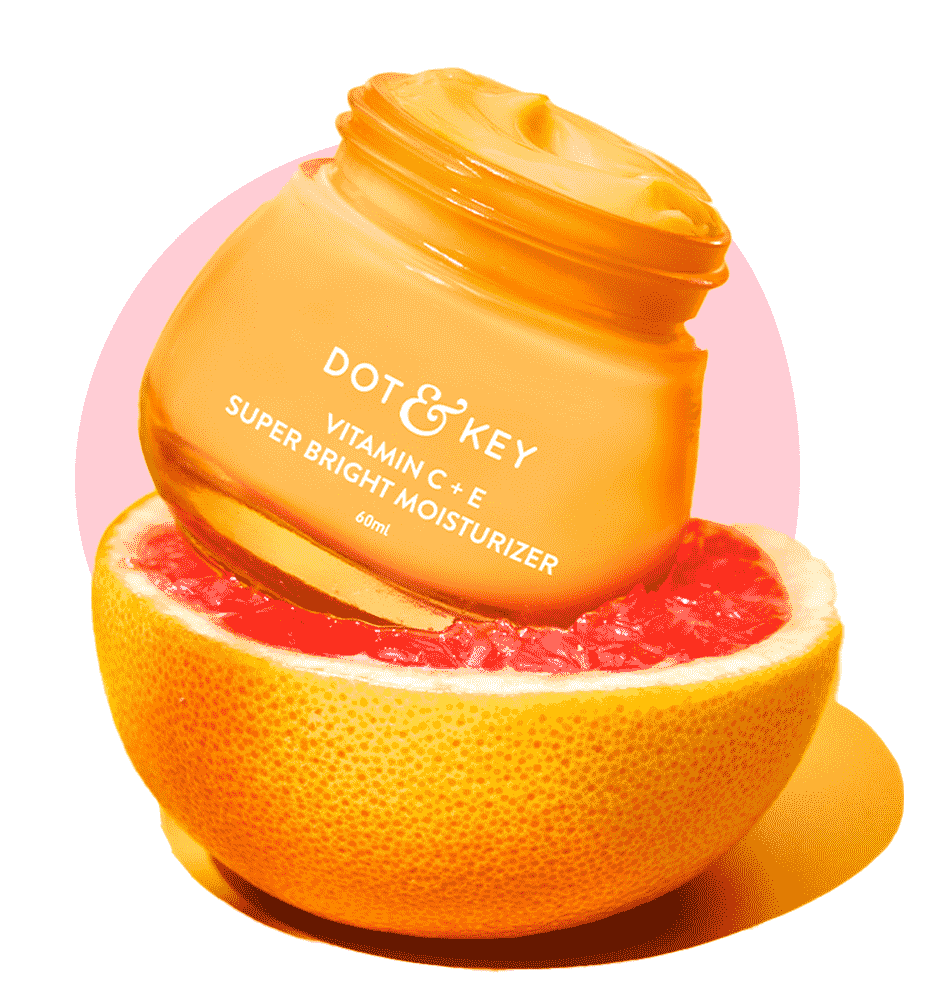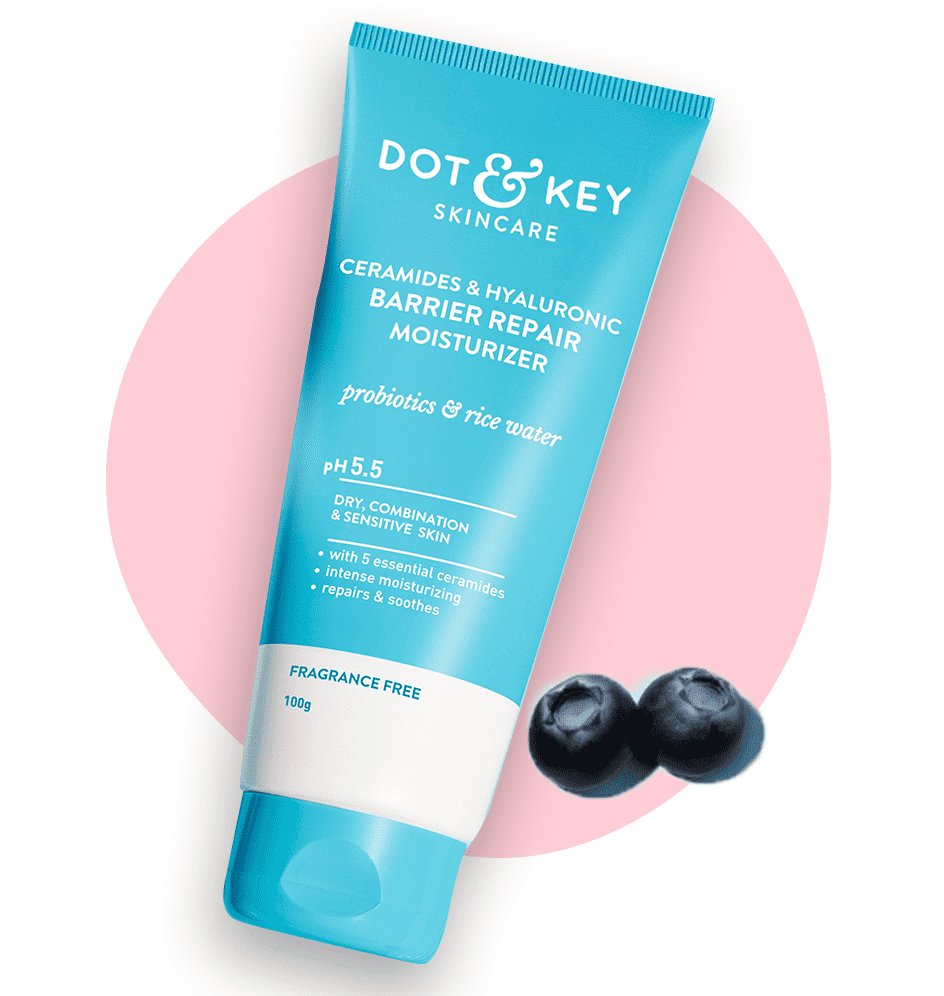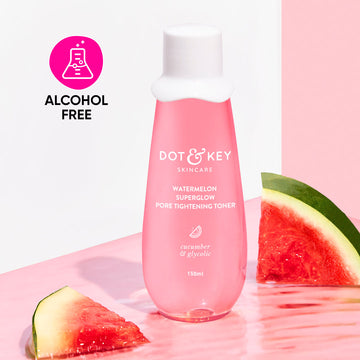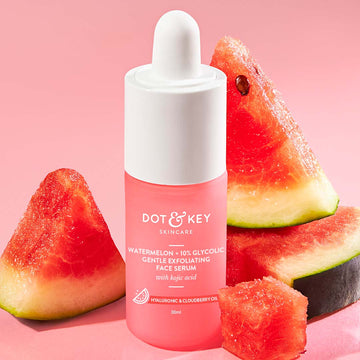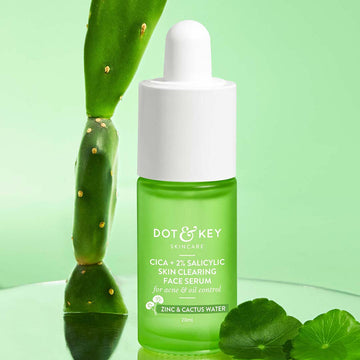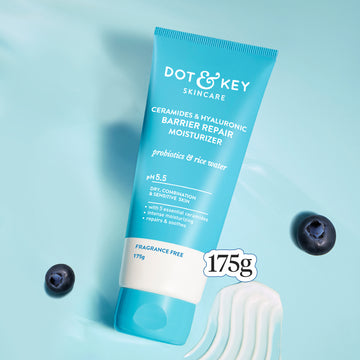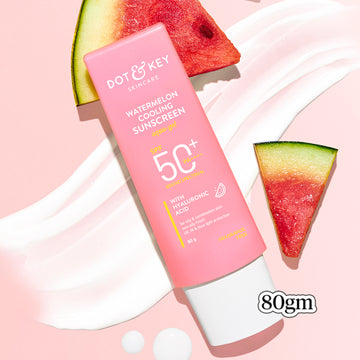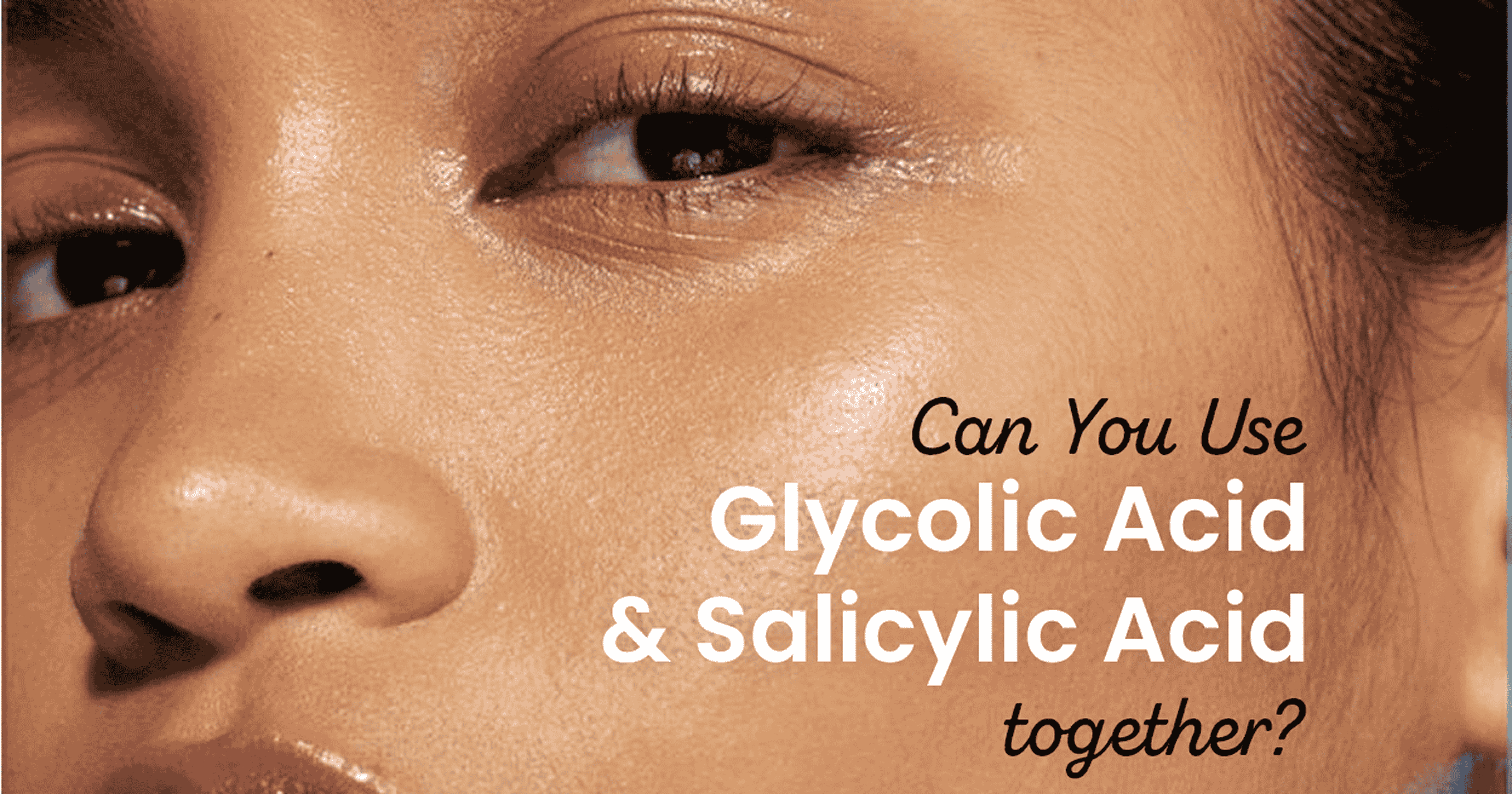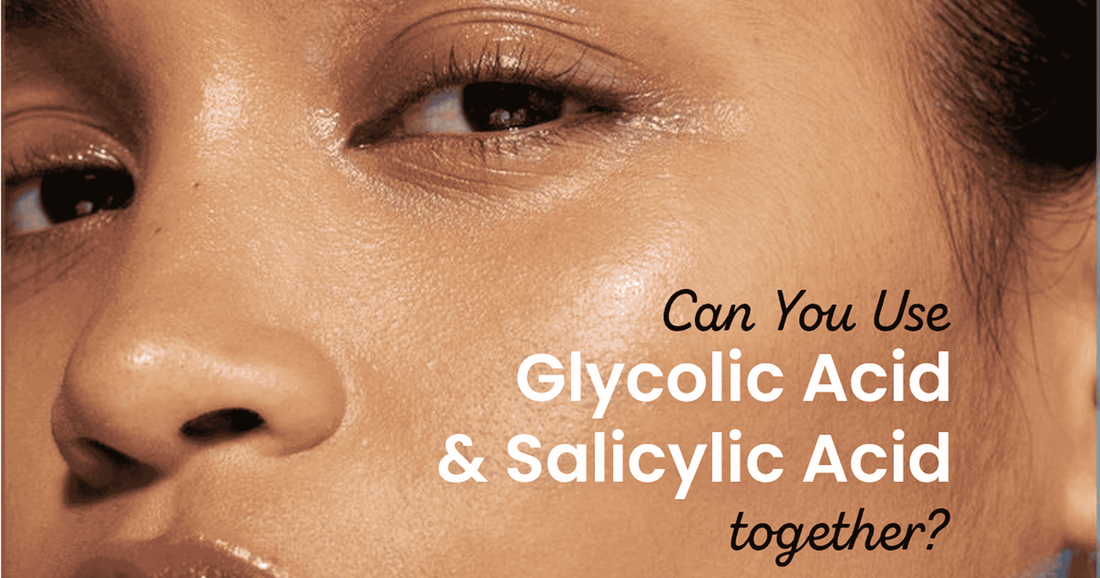
Yes, glycolic acid and salicylic acid can work together, but they require a bit of caution! Both are potent exfoliants that can leave your skin glowing when used properly, but overuse can lead to irritation or redness. When combined strategically, they target multiple skin concerns—think acne, uneven texture, and dullness—giving you smoother, clearer skin.
Curious about how to use them safely? Here’s a guide to get the best of both worlds without overdoing it!
What is Glycolic Acid?
Glycolic acid is an alpha-hydroxy acid (AHA) that exfoliates the surface of your skin by removing dead skin cells. It’s effective for improving skin tone, texture, and radiance.
Key Benefits of Glycolic Acid:
- Exfoliates the skin: Removes dead skin cells for a smoother texture.
- Brightens and evens out skin tone: Helps reduce dullness and hyperpigmentation.
- Improves fine lines and dark spots: Enhances skin renewal for a youthful appearance.
- Boosts absorption: Preps the skin for better penetration of other skincare ingredients.
What is Salicylic Acid?
Salicylic acid is a beta-hydroxy acid (BHA) that penetrates deep into the pores to exfoliate and unclog them. It’s particularly effective for treating acne and controlling oil production.
Key Benefits of Salicylic Acid:
- Clears clogged pores: Helps prevent breakouts by removing excess oil and dead skin cells.
- Reduces blackheads and whiteheads: Dissolves buildup inside pores for a clearer complexion.
- Controls excess oil: Regulates sebum production to prevent shine and acne formation.
- Smooths rough skin: Improves texture by gently exfoliating the skin’s surface.
Should You Use Glycolic Acid and Salicylic Acid Together?
Yes, but not at the same time, unless your skin is highly tolerant. Using both in the same routine can:
- Increase the Risk of Irritation: Both acids are exfoliants, and using them together may cause redness, dryness, or peeling.
- Over-Exfoliate the Skin: This can weaken your skin barrier, leading to sensitivity and other issues.
Instead, you can use them at different times of the day or on alternate days to reap their benefits without overwhelming your skin.
How to Use Glycolic Acid and Salicylic Acid Together Safely
1. Use Them at Different Times of the Day
- Glycolic Acid at Night: Apply glycolic acid in the evening to exfoliate the skin and brighten your complexion.
- Salicylic Acid in the Morning: Use salicylic acid in the morning to control oil production and prevent breakouts.
2. Alternate Days
- Use glycolic acid one night for surface exfoliation and radiance.
- Use salicylic acid the next day to clear pores and treat acne.
3. Apply on Different Areas
- If you have combination skin, use glycolic acid on dry or uneven areas and salicylic acid on oily or acne-prone zones.
Pro Tips for Using Glycolic Acid and Salicylic Acid
-
Start Slow
Introduce one product at a time and use them 2–3 times a week to see how your skin reacts. -
Hydrate Well
Both acids can be drying, so always follow with a hydrating moisturizer to maintain your skin barrier. - Use SunscreenBoth ingredients make your skin more sensitive to UV rays, so SPF 30 or higher is a must during the day.
- Patch Test FirstTest each product on a small area of skin to check for irritation before applying them to your entire face.
Who Should Use This Combination?
This combination is ideal for individuals with:
- Acne-Prone Skin: Salicylic acid clears pores, while glycolic acid smooths rough texture.
- Oily Skin: Salicylic acid controls oil, and glycolic acid brightens dull areas.
- Combination Skin: Use each acid strategically on specific areas of your face.
- Uneven Texture and Tone: Glycolic acid resurfaces the skin, and salicylic acid clears congestion for a smoother complexion.
Common Mistakes to Avoid
-
Over-Exfoliating:
Using both acids too frequently can damage your skin barrier. Space out their use to allow your skin to recover. -
Skipping Sunscreen:
Both acids increase sun sensitivity, so sunscreen is essential. -
Ignoring Hydration:
Always follow with a hydrating moisturizer to keep your skin balanced.
Science Backing
- Glycolic Acid: Research in the Journal of Dermatological Science confirms glycolic acid’s effectiveness in improving skin tone and texture by promoting cell turnover.
- Salicylic Acid: Studies in the Journal of the American Academy of Dermatology highlight salicylic acid’s ability to reduce acne by exfoliating pores and controlling oil.
- Combination Use: Dermatologists recommend spacing out the use of AHAs like glycolic acid and BHAs like salicylic acid to prevent irritation and over-exfoliation, as noted in the Journal of Cosmetic Dermatology.
Conclusion
Yes, you can use glycolic acid and salicylic acid, but it’s best to use them on alternate days or at different times of the day to avoid over-exfoliation and irritation. Together, they can effectively target acne, improve skin texture, and brighten your complexion. Just remember to hydrate well, use sunscreen, and start slowly to build your skin’s tolerance.
FAQs About Glycolic Acid and Salicylic Acid
Can I Use Them in the Same Routine?
It’s not recommended for beginners. Advanced users with highly tolerant skin may use them together sparingly but always follow with a moisturizer to mitigate irritation.
Which Should I Apply First?
If layering (only for advanced users), apply salicylic acid first to clear pores, then follow with glycolic acid for surface exfoliation.
Can I Use Them Every Day?
No, daily use of both acids can over-exfoliate your skin. Start with 2–3 times a week for each acid, alternating their use.







